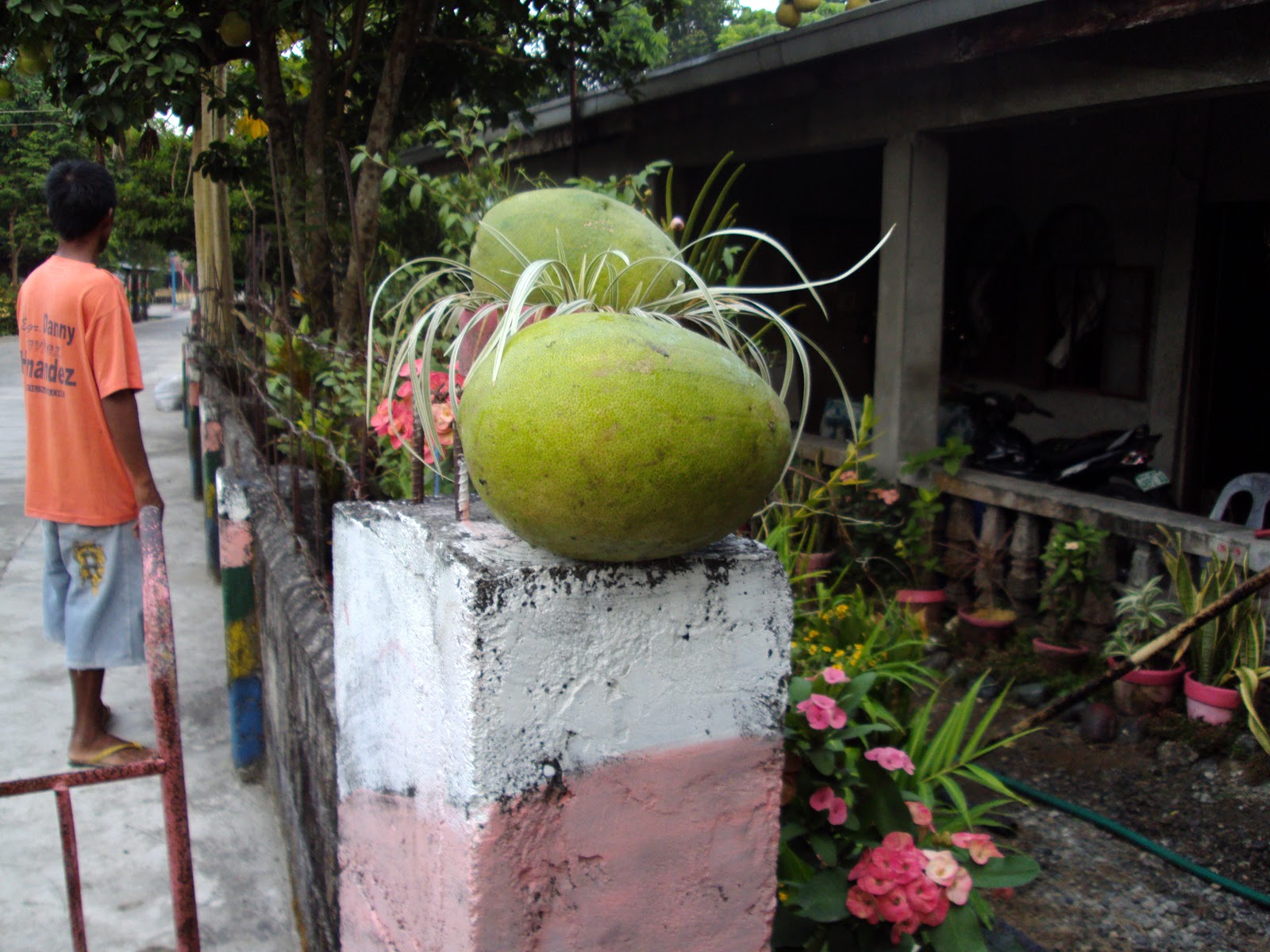We arrived in Apatut at about 5 pm on a Monday night, after
almost 36 hours of travel to get there (we had a brief respite in Manila
between the 3-leg 24-hour flight and the 9 hour bus ride from Manila to
Apatut). Upon arrival, we learned just
how busy Team 1 had been! After a brief rundown
of what had been completed to-date, we opted to split the team into two parts,
with Steve, Anne-Marie, and Tiffini continuing with the community survey and
Bob and Stephanie working on investigating potential water sources, including
meeting well drillers, the local Balaoan Water District, and investigating
wells in the community and the EWB drilled well.
As previously mentioned, a water column was identified in
the EWB well and was actually measured to be about 120 feet long (from
approximately 10 to 50 meters below ground surface). A recovery test was completed for the
EWB-drilled well following the removal of approximately 6 feet of water column
(removal was limited due to available equipment). The well exhibited 'ideal', although slow,
recharge, suggesting the potential for a sustainable yield for water
supply. Upon removal of piping, it was
observed that the piping was covered with bentonite (a drilling material),
suggesting that the well had not been properly developed.
 |
| Villagers making pumping apparatus |
The team collectively visited a neighboring spring
site. The site is owned and operated by
the Balaoan Water District and, therefore, cannot be used as a water source for
Apatut. It was, however, a good
opportunity to see and document the water source, and the visit cleared up some
confusion about the spring based on previous trips.
 |
| Spring Site |
After Team 1 left, Team 2 completed additional sampling of
the original locations for physical/chemical parameters and sampled the EWB
well and all three wells at the school for biological, chemical, and physical
parameters. The results of the sampling
confirm biological contamination and also identified some metals impacts above
Philippine National Standards; these will need to be considered during the
design phase. As a result of
interviewing several farmers in the community, EWB confirmed the use of
herbicides and pesticides containing volatile and semi-volatile organics; this
confirms the need for sampling of these parameters and EWB has been working to
contract a lab with these testing capabilities in-country (only one lab has
been identified to date).
 |
| Tiffini with sampling apparatus for the EWB well |
 |
| Post-community meeting with volunteers |
We also developed a detailed map of the school, canvassed
materials suppliers in San Fernando, completed a chlorine treatment test, completed
the community survey, and held community meetings.
 |
| Tiffini scoping out a residential well |
|
When all was said and done, EWB canvassed all occupied
households in the community (over 175!) and was able to create a detailed map
of the community identifying all relevant features including houses, latrines,
wells, garbage pits, agricultural fields, roadways, etc. EWB is working with a local college to have
these locations surveyed and a to-scale map developed. This was a huge undertaking and will be
pivotal in our ongoing design efforts.


























